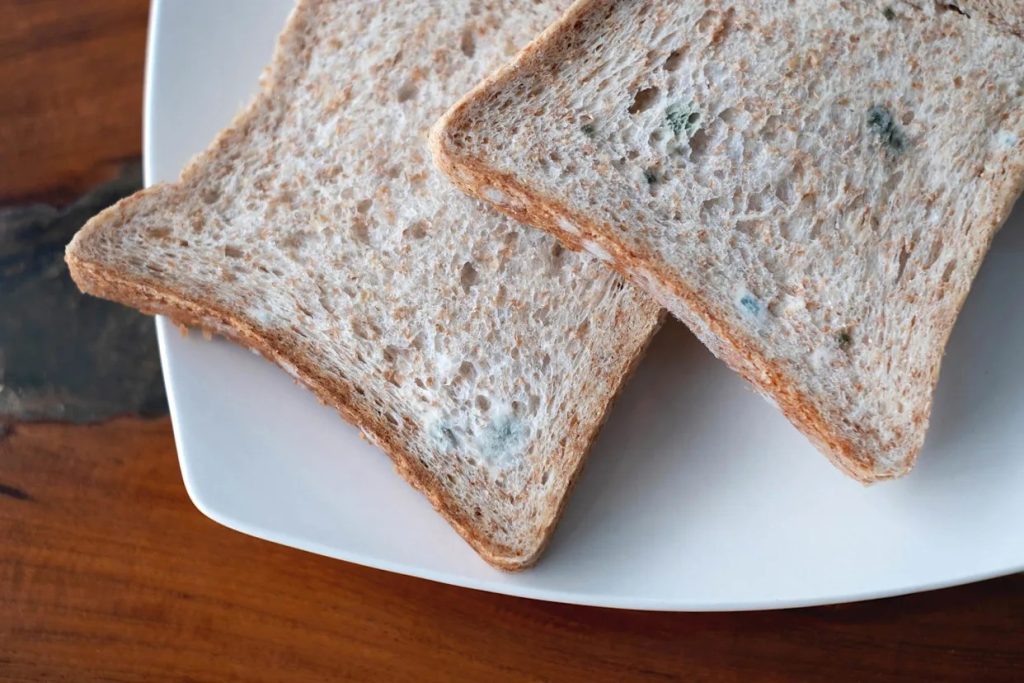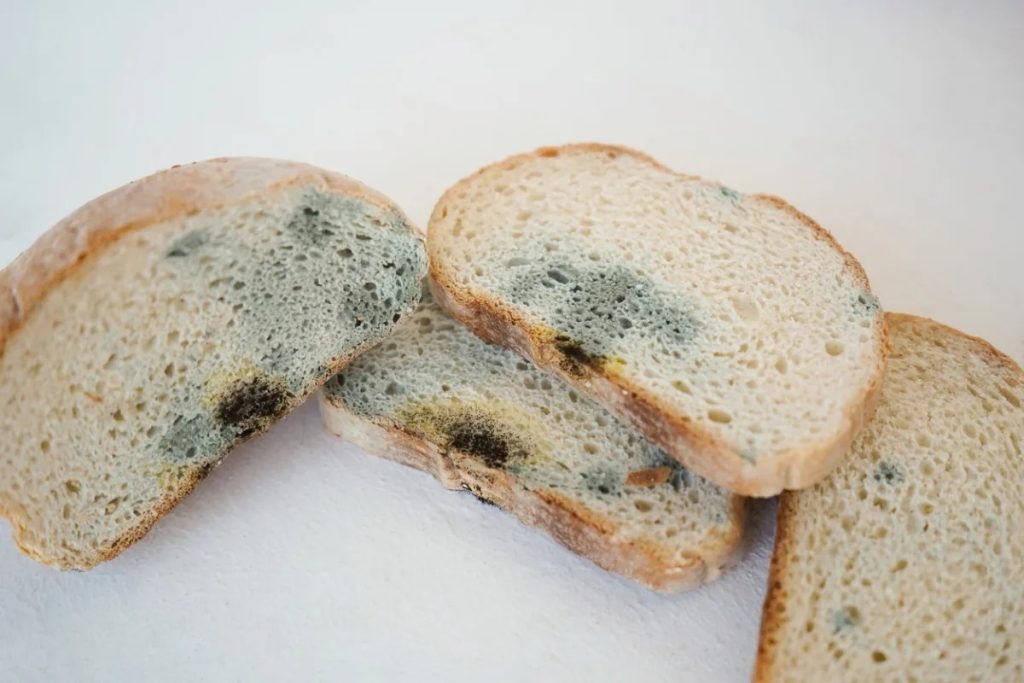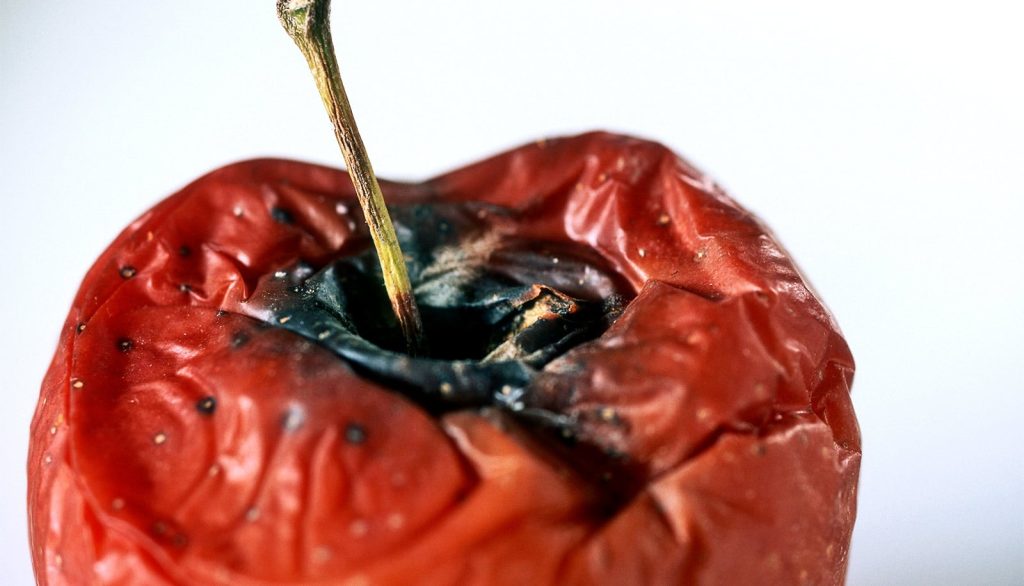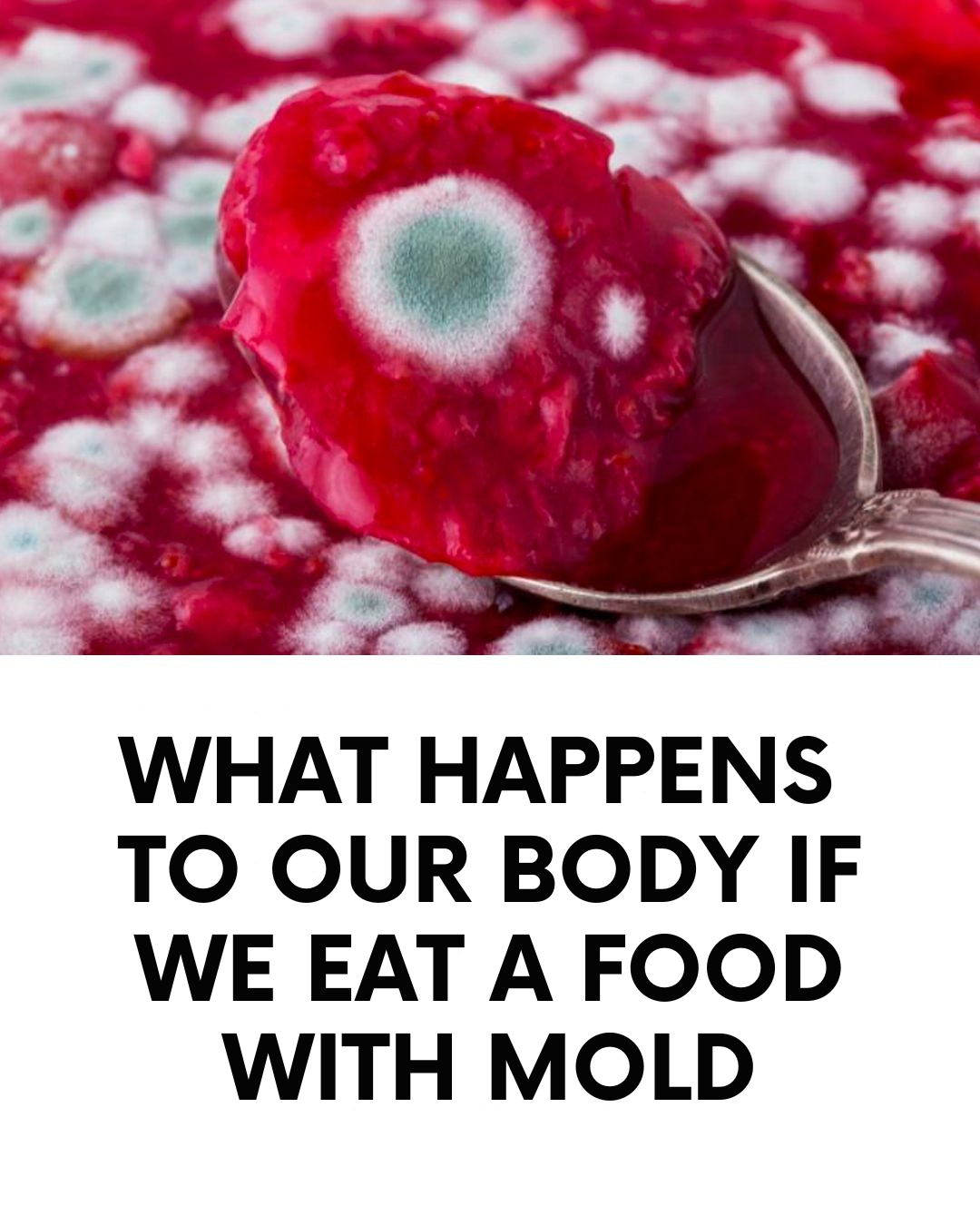It’s an easy mistake to make. You’re halfway through a slice of bread, a piece of fruit, or a chunk of cheese before you suddenly spot it — that faint fuzzy patch. Mold. Your stomach turns. But is it always dangerous? Or can a bite or two of moldy food be harmless?
The truth is, it depends. The health risk varies depending on the type of food, the kind of mold involved, how much you ate, and even your immune system’s current state.
What Is Mold and Why Does It Grow on Food?

Mold is a type of fungus that thrives in damp, poorly ventilated spaces. It feeds on organic matter — which includes most of our food. When the temperature, humidity, and storage conditions are just right (or wrong), mold spreads quickly.
What makes mold tricky is that it doesn’t always show up on the surface right away. Sometimes it begins growing deep inside a food item long before it becomes visible. So that “clean-looking” slice of bread may already be compromised.
What Happens If You Accidentally Eat Mold?

1. Mild or No Reaction
In most healthy adults, eating a small amount of mold by accident isn’t likely to cause harm. The immune system usually handles it without issue. At worst, you might experience some minor digestive discomfort — maybe a bit of nausea or an upset stomach — but these symptoms usually pass quickly.
2. The Hidden Risk: Mycotoxins
Some molds don’t just grow — they produce mycotoxins, which are toxic compounds harmful to humans. If consumed in large amounts or repeatedly over time, these toxins can affect the liver, kidneys, or even the nervous system. Aflatoxins, one of the most dangerous types, are often found in moldy nuts, grains, and legumes stored in warm, humid environments.
3. Higher Risk for Vulnerable Groups
Certain individuals are more sensitive to mold exposure, even in small amounts. This includes infants and young children, the elderly, pregnant women, and people with weakened immune systems. For them, consuming moldy food can trigger allergic reactions, fungal infections, or serious food poisoning.
Foods Most Prone to Mold (And What to Do About Them)

It’s an easy mistake to make. You’re halfway through a slice of bread, a piece of fruit, or a chunk of cheese before you suddenly spot it — that faint fuzzy patch. Mold. Your stomach turns. But is it always dangerous? Or can a bite or two of moldy food be harmless?
The truth is, it depends. The health risk varies depending on the type of food, the kind of mold involved, how much you ate, and even your immune system’s current state.
What Is Mold and Why Does It Grow on Food?

Mold is a type of fungus that thrives in damp, poorly ventilated spaces. It feeds on organic matter — which includes most of our food. When the temperature, humidity, and storage conditions are just right (or wrong), mold spreads quickly.
What makes mold tricky is that it doesn’t always show up on the surface right away. Sometimes it begins growing deep inside a food item long before it becomes visible. So that “clean-looking” slice of bread may already be compromised.
What Happens If You Accidentally Eat Mold?

1. Mild or No Reaction
In most healthy adults, eating a small amount of mold by accident isn’t likely to cause harm. The immune system usually handles it without issue. At worst, you might experience some minor digestive discomfort — maybe a bit of nausea or an upset stomach — but these symptoms usually pass quickly.
2. The Hidden Risk: Mycotoxins
Some molds don’t just grow — they produce mycotoxins, which are toxic compounds harmful to humans. If consumed in large amounts or repeatedly over time, these toxins can affect the liver, kidneys, or even the nervous system. Aflatoxins, one of the most dangerous types, are often found in moldy nuts, grains, and legumes stored in warm, humid environments.
3. Higher Risk for Vulnerable Groups
Certain individuals are more sensitive to mold exposure, even in small amounts. This includes infants and young children, the elderly, pregnant women, and people with weakened immune systems. For them, consuming moldy food can trigger allergic reactions, fungal infections, or serious food poisoning.
Foods Most Prone to Mold (And What to Do About Them)


